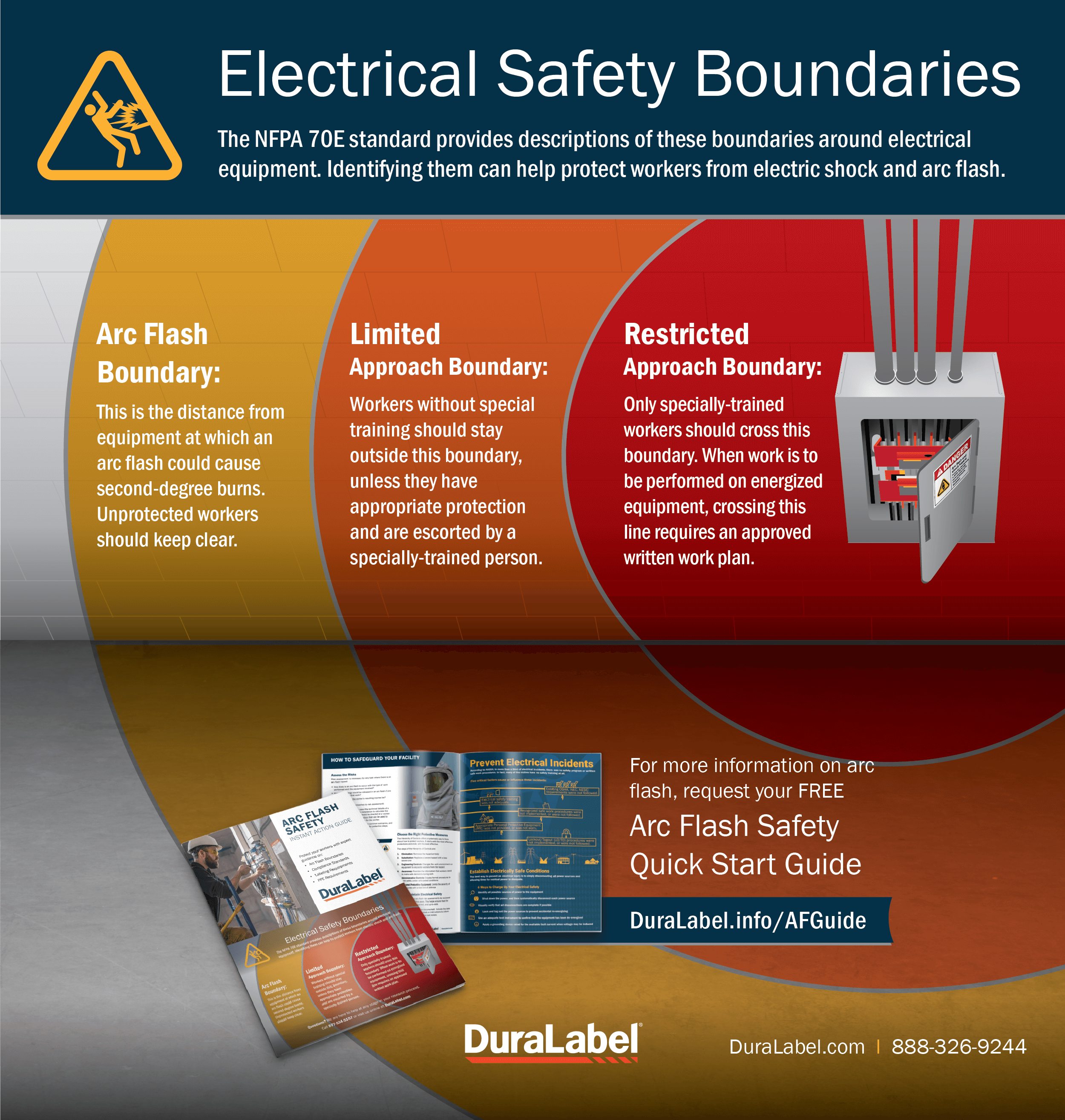Arc flash, short circuit current and available fault currents are all hazards that spawn from uncontrolled energy. The NFPA 70E standard, lockout/tagout and wire and cable marking are some of the ways that these hazards can be minimized and help keep you safe when dealing with electricity.
.png)








